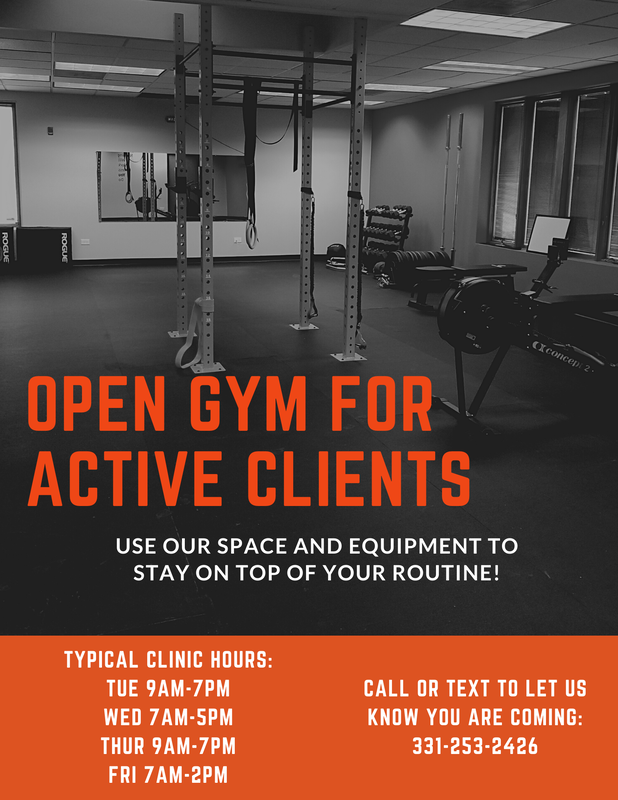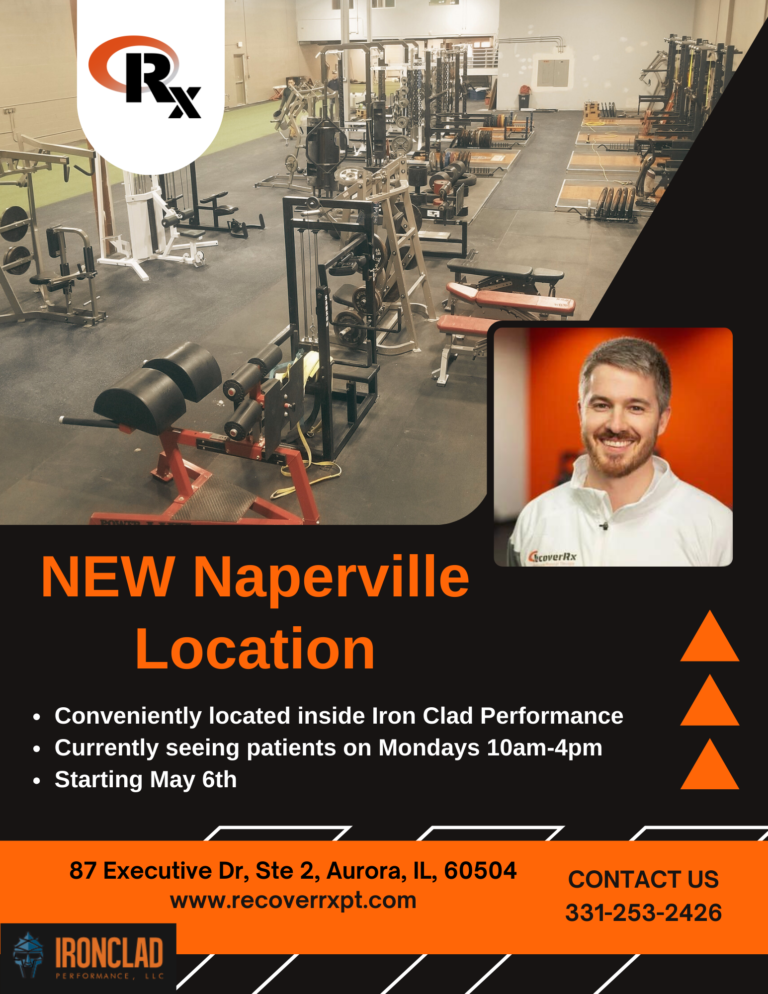Introduction
Golf, a game of precision and skill, can sometimes come with an unexpected downside: golf shoulder pain. In this article, we’ll delve into the intricacies of golf shoulder pain, exploring its prevalence and the anatomy of the shoulder joint, shedding light on the connection between your swing and those persistent aches.
Anatomy of the Shoulder Joint: The Connection to Golf Swing
Golf stands as a widely embraced and swiftly growing sport across the globe. Understanding the dynamics of the golf swing is crucial for comprehending why the shoulder joint plays a pivotal role. As you tee off, the shoulder joints come into play, allowing for a fluid and powerful swing.
Shoulder Parts at Risk When Playing Golf
The golf swing is a intricate motion that engages a broad range of movement in the upper limb, linking the golf club to the body. Grasping the dynamics of the golf swing is essential to understand why the shoulder joint holds a pivotal role. As you tee off, the shoulder joints come into play, allowing for a fluid and powerful swing.
Now, let’s delve into the specific components that are vulnerable during this dynamic process.
Rotator Cuff
The rotator cuff, consisting of rotator cuff muscles and rotator cuff tendons, is susceptible to strain during the repetitive motion of a golf swing, especially during external rotation. This vulnerability highlights the importance of understanding and addressing potential rotator cuff injuries in golfers.
Cartilage
The cartilage within the shoulder joint acts as a cushion, preventing bone-on-bone contact, emphasizing the significance of proper technique. Consulting with a personal trainer can further enhance your understanding and implementation of these techniques to protect this crucial shoulder component.
Scapula
The scapula, or shoulder blade, is an often-overlooked player in the golf game, contributing to the intricate dance of shoulder motion during each swing. Understanding its role is crucial in preventing potential overuse injuries, sore shoulders, and other golf-related issues, ensuring a smooth golfing experience.
Common Golf Shoulder Injuries

Golf shoulder injuries commonly arise from swing patterns developed around individual physical limitations. As we explore the intricacies of golf shoulder pain, it’s essential to examine the common injuries that golfers may encounter.
Let’s delve into the details of these injuries and understand their impact on your golf performance.
Rotator Cuff Tear
A common type of golf-related injury, a rotator cuff strain occurs when the tendons in the rotator cuff tear due to the repetitive golf swing motion. This condition is part of a broader category known as rotator cuff pathologies. Symptoms include persistent pain, weakness, and limited motion.
Shoulder Instability
This involves an unstable shoulder joint due to overuse, affecting various shoulder structures and connective tissues. Symptoms include a sensation of the shoulder giving way, pain, and discomfort. In some cases, golfers may experience posterior instability, adding to the complexity of the condition.
Shoulder Impingement
Shoulder impingement, a common type of shoulder pain, involves pinching of tendons or bursa, causing pain, limited motion, and loss of strength. It results from repetitive overhead movements, like those in the golf swing. Symptoms include pain during or after the swing, weakness, and discomfort.
Frozen Shoulder
Frozen shoulder, one of the prevalent golf shoulder injuries, causes stiffness and pain, limiting the range of motion during the swing. Linked to overuse or underlying conditions, symptoms include persistent pain, difficulty moving the shoulder, and the potential for associated muscle strains due to opportunities for overuse.
Tips on Preventing Golf Shoulder Pain
As we prioritize your golfing well-being, let’s shift our focus to proactive measures.
Here, we present valuable tips to prevent shoulder pain from golf swing, ensuring a more enjoyable and pain-free experience on the course.
Warm Up Before Game
Prior to playing, ensure a proper warm-up with dynamic shoulder-focused stretches. This routine enhances blood flow and flexibility and readies the shoulder joints for the golf swing, decreasing the risk of injury and optimizing performance.
Practice Correct Technique
Mastering proper golf technique is essential for a successful and injury-free game. Prioritize refining your swing mechanics, ensuring optimal posture, and maintaining balance. Regular practice of correct techniques enhances performance.
Use the Right Equipment
Selecting the appropriate golf equipment is crucial for both professional and amateur golfers. Ensure your clubs, grips, and other gear are suited to your body and playing style. By using the right equipment, you enhance your swing mechanics and minimize the risk of strain during your golf sessions.
Do Not Play Through Pain
Ignoring pain signals can worsen acute injuries and hinder long-term performance. Listen to your body, address discomfort promptly, and seek professional advice when needed to avoid aggravating existing issues and to ensure a more enjoyable and sustainable golfing experience.
Be Mindful of Overuse
Recognize signs of overuse in golf to prevent golf injuries. Consistently monitoring your playing frequency and incorporating adequate rest can safeguard your shoulders, contributing to a more enduring and enjoyable golfing journey.
Consider Strength Training
Integrating strength training enhances shoulder muscle strength, reducing the risk of injuries and promoting better endurance for professional and amateur golfers. This practice ensures a more robust golfing experience and contributes to a proper golf swing.
Rest When Needed
Prioritizing strategic rest is vital for both professional and amateur golfers. This practice allows the shoulders to recover, minimizes fatigue, and ensures a sustainable and enjoyable golfing experience, helping prevent common shoulder conditions.
Managing Existing Golf Shoulder Pain

For individuals already experiencing golf shoulder injury, a personalized approach is crucial. This involves targeted exercises, modifications to the golf swing, and, if needed, consultations with healthcare professionals. Implementing a comprehensive plan tailored to the specific condition can relieve pain and enhance shoulder function, allowing continued enjoyment of golf without unnecessary limitations.
When to Seek Medical Help?
Recognizing these signs indicates when to consult a healthcare professional for proper diagnosis and treatment.
Persistent Pain: Seek medical attention if you experience persistent shoulder pain that doesn’t improve with rest or self-care measures.
Limited Range of Motion: Consult a healthcare professional when your shoulder’s range of motion is significantly restricted, hindering daily activities.
Increasing Intensity of Pain: If the pain in your shoulder is intensifying over time rather than subsiding, prompt medical evaluation is recommended.
Sharp or Shooting Pain: Sharp or shooting pains, especially during specific movements or activities, require attention from a healthcare provider.
Swelling or Bruising: Swelling or bruising around the shoulder area may indicate an underlying issue requiring medical assessment.
Persistent Shoulder Pain from Playing Golf? Consult RecoverRx PT
Explore the function of physical therapy in addressing persistent shoulder pain, ensuring a tailored approach to your recovery with a focus on enhancing golf swing mobility.
For personalized and effective rehabilitation, consider consulting RecoverRx Physical Therapy today.
Conclusion
In conclusion, understanding the intricacies of golf shoulder pain is crucial for every golfer. You can ensure a long and enjoyable golfing journey by implementing preventive measures and seeking timely medical advice.
FAQs
Q1: How do you treat shoulder pain from golf?
A1: Seeking professional medical advice is crucial. Treatment may include rest, physical therapy, or, in severe cases, surgery.
Q2: Why does my left shoulder hurt when I swing golf clubs?
A2: This could be due to improper swing mechanics or overuse. Consult a golf instructor for guidance on improving your swing technique.
Q3: Is golf bad for the rotator cuff?
A3: While golf is generally a low-impact sport, repetitive swinging can strain the rotator cuff. Proper warm-up, technique, and regular breaks can help prevent issues.





